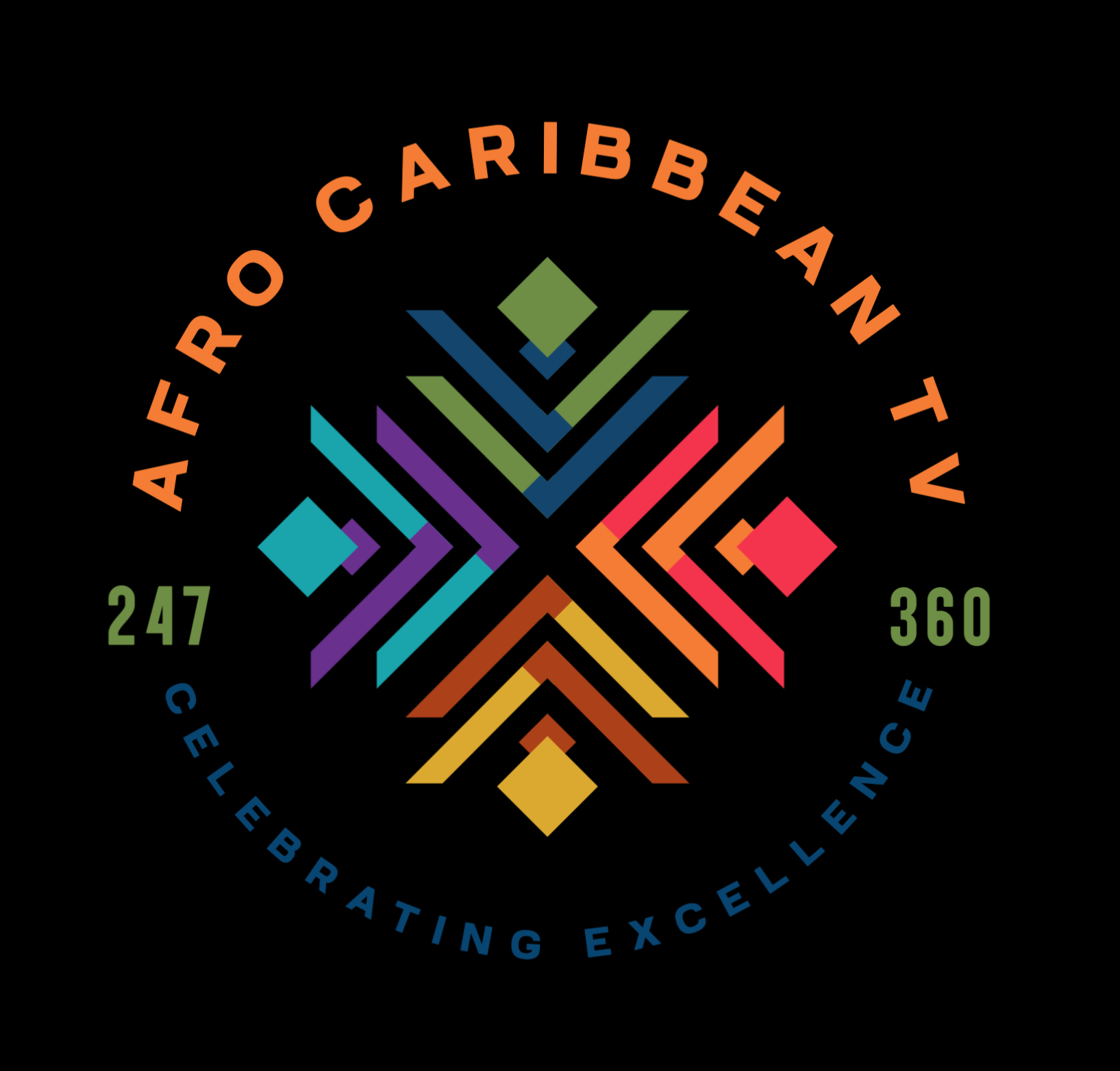Electricity in Fiji
Electricity in Fiji is managed and supplied primarily by the Fiji Electricity Authority (FEA), now known as Energy Fiji Limited (EFL). The power infrastructure is well-developed in urban areas but less reliable in some rural or outer islands.
1. Power Supply
- Voltage: 240 volts
- Frequency: 50 Hz
- Plug Type: Type I (same as Australia and New Zealand)
2. Electricity Access
| Area Type | Access to Electricity |
|---|---|
| Urban | 90–100% (Stable and consistent) |
| Rural | 60–80% (Some off-grid areas) |
| Remote Islands | Often powered by generators or solar systems |
3. Power Sources
Fiji generates electricity through a mix of sources:
Renewables (Around 50–60%)
- Hydropower – Main renewable source (e.g., Monasavu Dam)
- Solar Energy – Especially for outer islands and off-grid homes
- Biomass and Wind – Small-scale use
Non-renewables
- Diesel generators – Used in rural or island areas with no grid connection
4. Energy Developments
- Fiji aims to achieve 100% renewable electricity generation by 2036.
- Government supports solar home systems in rural communities.
- EFL (Energy Fiji Limited) offers pre-paid and post-paid metering systems.
5. Common Issues
- Cyclones can disrupt power supply.
- Load shedding happens occasionally during fuel shortages or dry seasons (affecting hydro power).
- Generators and solar kits are common backup systems.



